Modern F1 cars are a world away from our everyday road cars, but Grand Prix manufacturers like Mercedes and Ferrari increasingly use race technology to enhance production car innovation.Five automotive brands are currently involved in F1 as team owners or engine suppliers: supercar constructors Ferrari and McLaren (the latter increasingly prolific despite being only recently born from its racing team) and mainstream brands Mercedes, Renault and Honda.Increasingly it is becoming a two-way conversation between those in racing and their counterparts on the road.Paddy Lowe, Executive Director at the championship winning Mercedes F1 team, explained: “Is there technology transfer between race and road car engineering? Resoundingly ‘yes’ but it’s subtler than bolting bits from one car onto another.
There are examples of direct transfer but there is also indirect transfer, where F1 serves as a research laboratory for developing new solutions and showing the world what is possible.
For the Ferrari F1 team, this crossover is the sole reason for their existence. Always has been. And the F1 and GT (road car) sectors of the company are literally intertwined, ensuring the racing blood goes into the road car technology.
We move people from one side to the other, and there is an information exchange
Ferrari’s technology transfer manager Amedeo Visconti said in an interview with Professional Motorsport.
Sometimes it is planned, sometimes it just happens by chance. With people you transfer knowledge, mentality, and relationships.

The problem of feeding racing technology to the road is that the F1 check book is pretty open whereas road cars, whether it’s a Renault Clio or a LaFerrari, must make commercial sense.So even if a race team derived solution seems sensible to transfer to the road, it must be adapted to make it affordable. And that is where the crossover of knowledge is most crucial.
People who move from the race team have the know-how but have to adapt to industrial ways, even at Ferrari, which produces comparatively few cars a day,
explained Visconti.
The designer has to keep in mind the sort of facilities and processes that are available to produce what he designs.
This process is typically more successful in smaller teams, where the structure and the bureaucracy is not so big. That said, it is also working well at Mercedes, a company that sold over 1.7m cars in 2014.
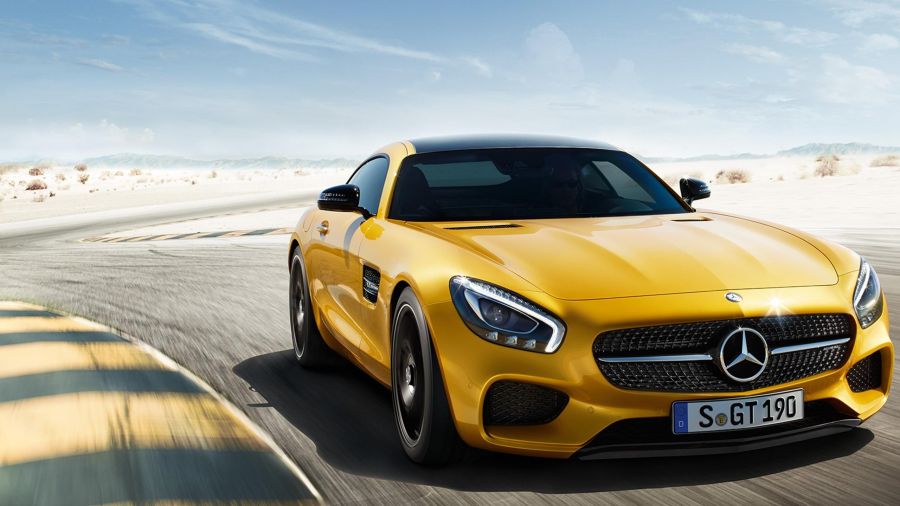
Mercedes are also focusing on cross pollination, with engineers from their road car pision taking up long-term placements in the F1 team, as much to learn about the philosophy and pace of design as the concepts being developed.
If you are a (good) engineer (at Mercedes road cars) you have the ability of ping into the F1 world for a year
explains Wolff.
F1 is a much smaller organisation and less hierarchical. It gives you a different edge when you pe back into the big corporate world.
Alongside direct personnel embedding, the Mercedes road and race teams are in constant contact on developments like Hybrid technology – and that it is a two-way street, with as much knowledge on energy recovery in the R&D department as in the F1 design office.
They are now even taking advantage of the mid-season restrictions on F1 engine development to get their High Performance Powertrains team, who make the F1 engines in Brixworth UK, to put their minds to road car products. That has already been responsible for powertrain development on the Mercedes-Benz AMG SLS Electric Drive.
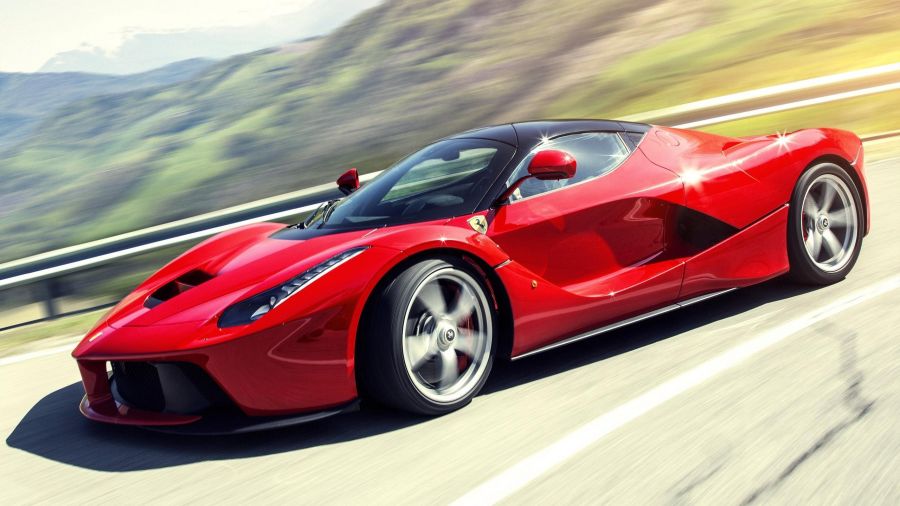
While the goal of F1 is simply to go fast as efficiently as possible to win races and championships, road car design often has a different mission. But by adapting technology and methodologies used in F1, Mercedes have been able to improve plant efficiency, deliver smoother ride and progress low emissions technology.
They have taken software designed to deliver F1 lap time improvements to create simulation tools for production and assembly of road cars. They have used F1 ride programmes, tyre modelling and driver-in-the-loop simulators on road car products and their F1 lubricants partner Petronas works continually with its road car teams to feed blends developed in sport into passenger car products.
At Ferrari, the engineering tools used for F1 are also used by the road teams. The one-third-scale tunnel, for instance, is shared by both, as is the increasingly important CFD software. Likewise, a dynamic rig developed for F1 to simulate track conditions has since been used by the car side for seamless shift development.
Once the technology is transferred, however, the pace of development in road cars has been traditionally slow. “Typically, we are some years later than F1,” explained Visconti.
We usually start using technologies at least a couple of years later.
Even Williams, not an automotive manufacturer itself, is getting in on the act. They have developed an offshoot called ‘Williams Advanced Engineering’ to feed F1 technology to brands not directly involved in the sport.
Within a year of setting up they had 14 projects run by engineers based in their F1 facility including creating a radical concept car with Jaguar and using their simulation software to help Nissan’s Nismo performance arm.
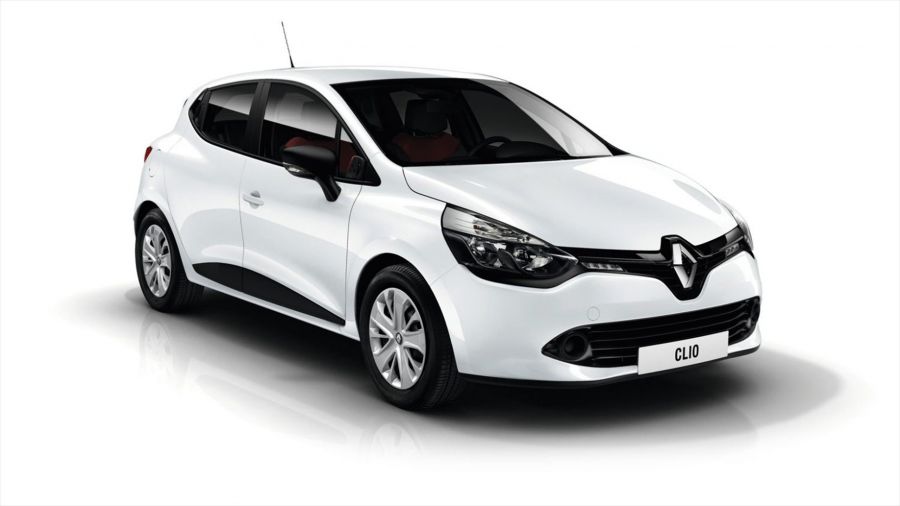
For Renault, meanwhile, F1 is simply part of their company ethos – and despite having a painful time right now, it clearly resonates given their desire to return to the sport as a fully fledged manufacturer.
Renault Sport boss Rob White explained: “Racing is very much part of the culture of Renault - it's important to the staff and the dealers and the factories. There'll be posters in the factory and the same posters go into the dealerships to promote sales of the road cars. The racing is perceived as important within the company.”
But that perception is not just hot air – it is a genuine fact that cross collaboration connects race and road to truly influence the final product.
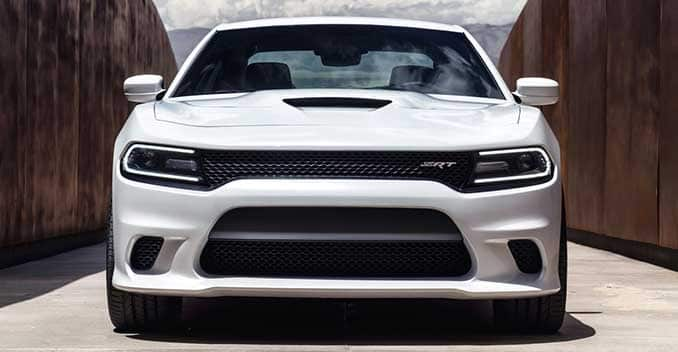
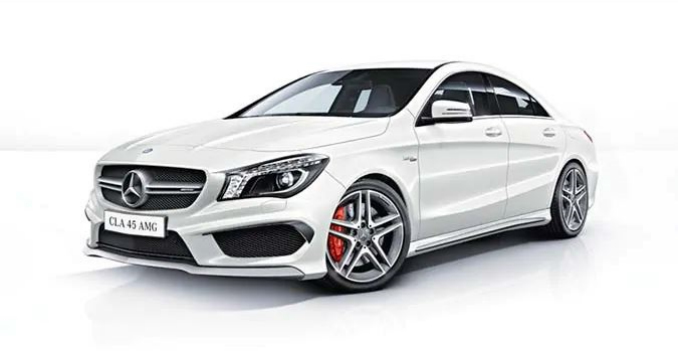
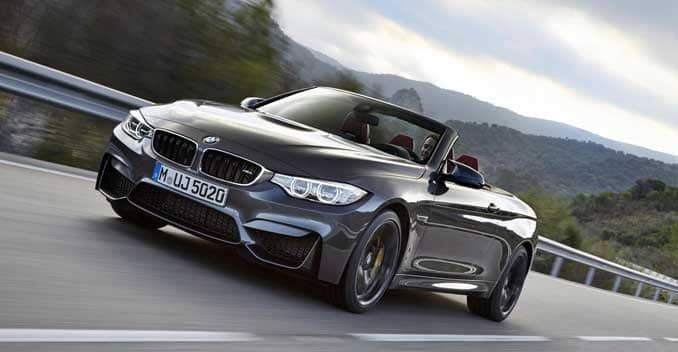
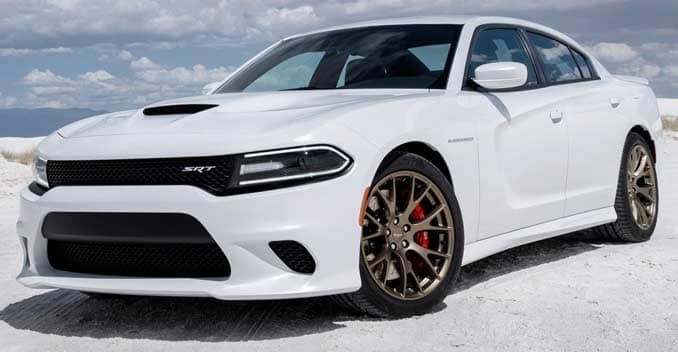
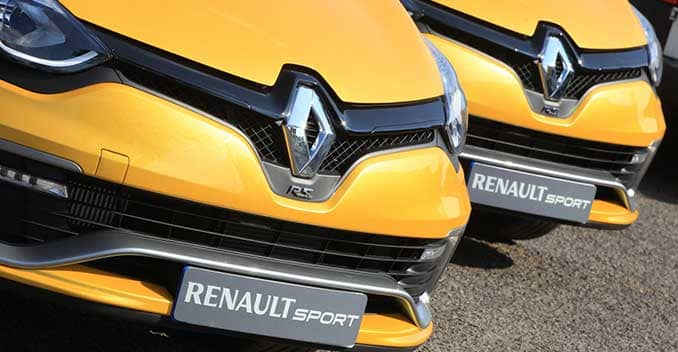
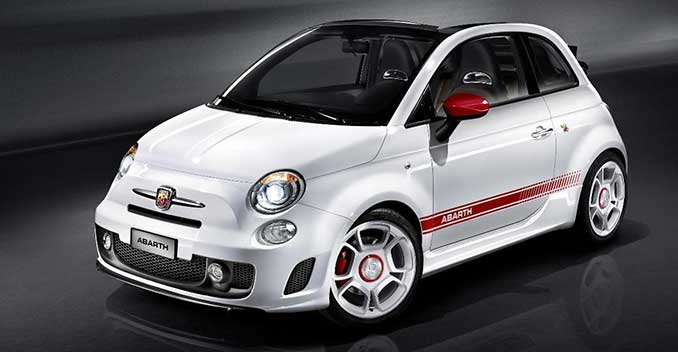
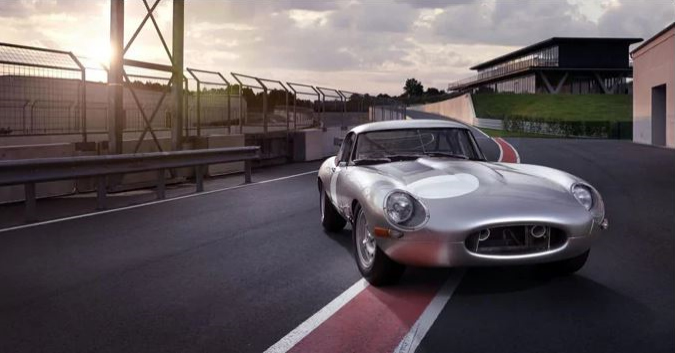
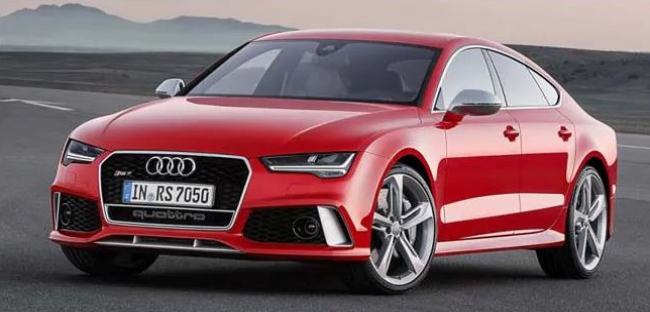
 Dynamics 365 Virtual En...
Dynamics 365 Virtual En...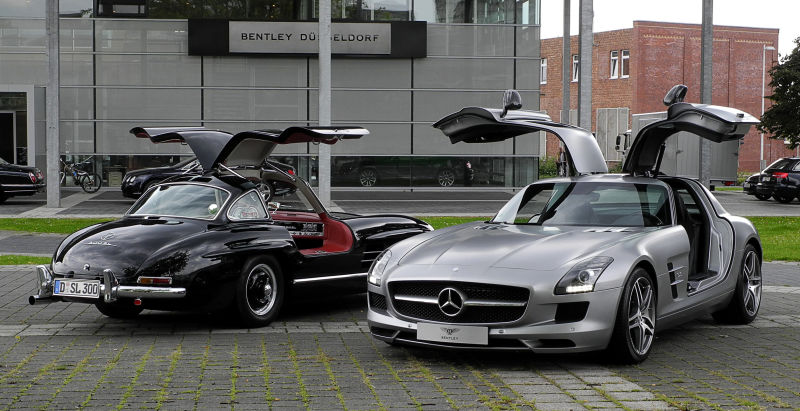 Modern Cars vs. Classic...
Modern Cars vs. Classic...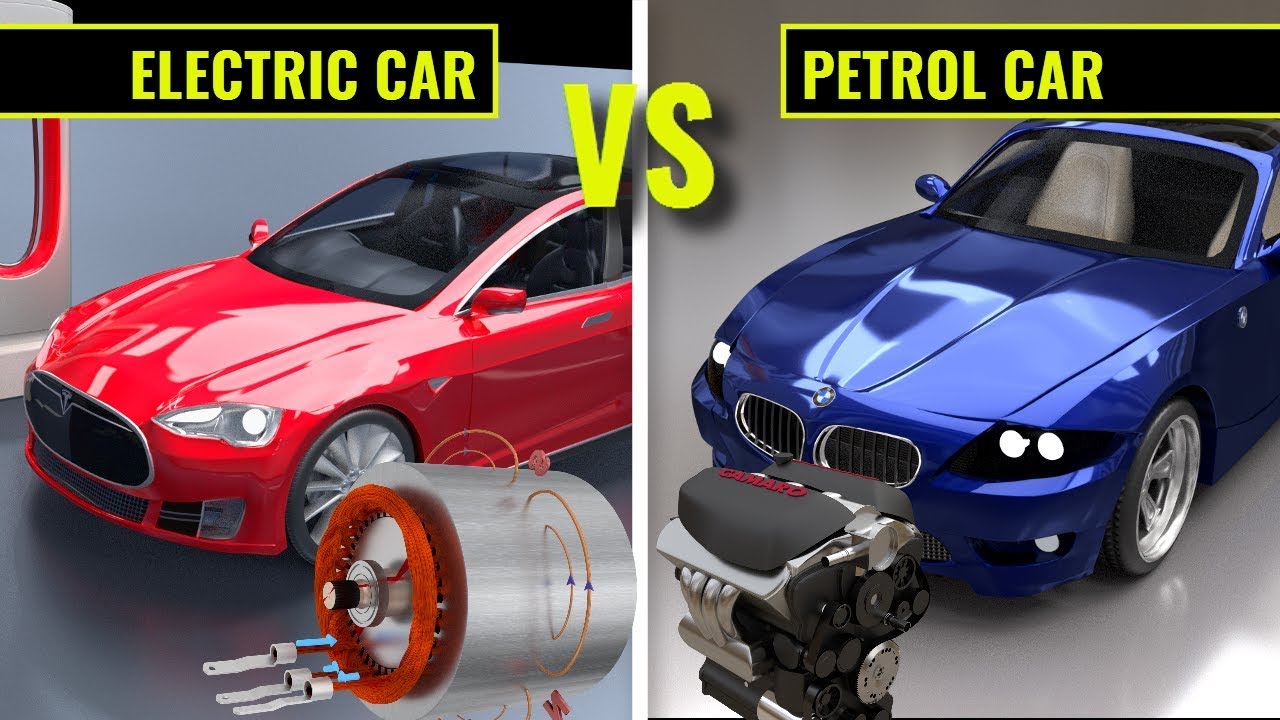 Electric vs. Combustion...
Electric vs. Combustion...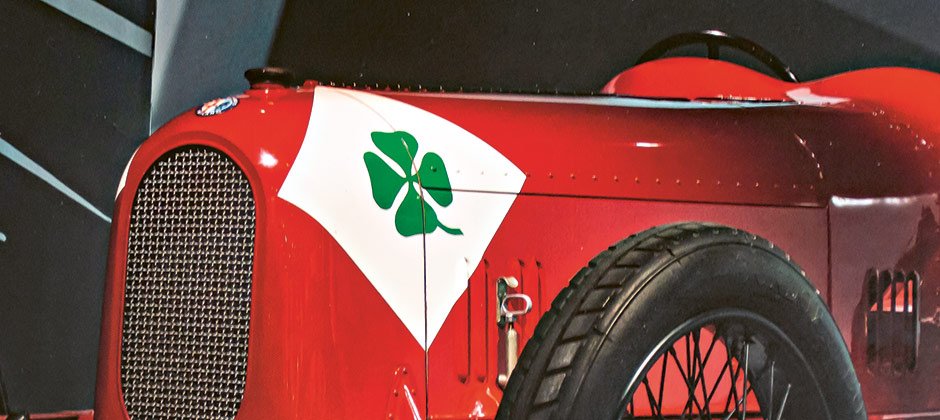 What does the clover le...
What does the clover le...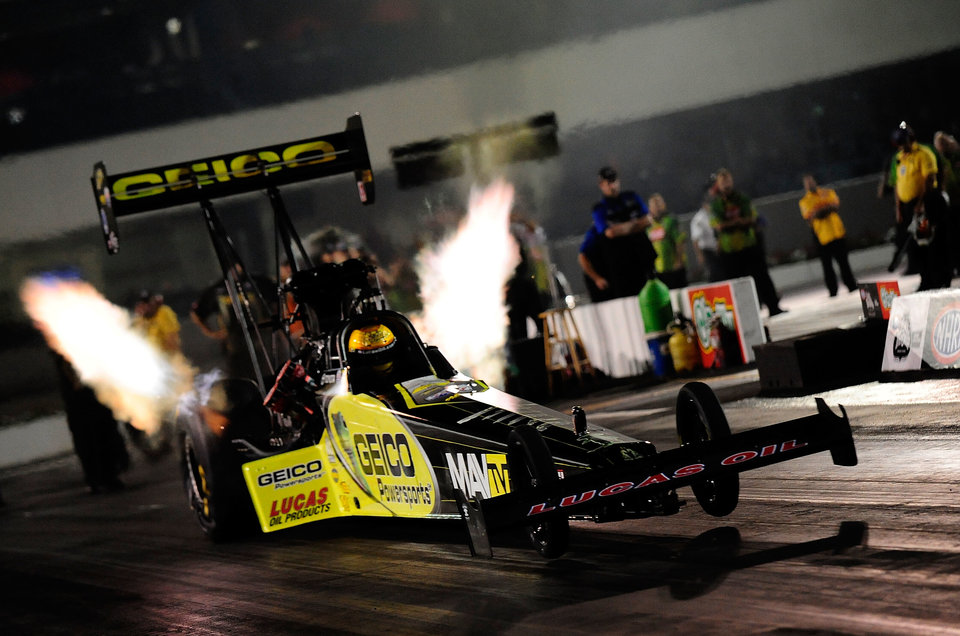 15 words only total car...
15 words only total car...